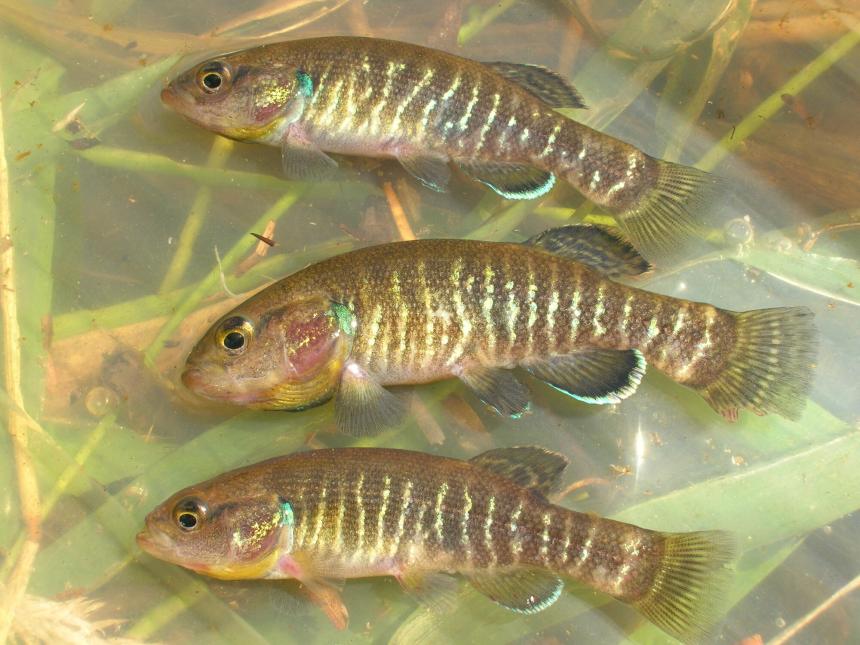Climate vulnerability
Sensitivity to climate change
Moderate
Olympic mudminnows occupy slow-moving streams, ponds, and freshwater wetlands at lower elevations with minimal water flow and ample aquatic vegetation. This species appears to be fairly tolerant of temperature and oxygen fluctuations, but has been documented to seek out cooler water temperatures and shaded areas during summer temperature peaks. Relative intolerance of swift water limits Olympic mudminnow distribution to lowland areas, and in combination with salinity intolerance, may make them vulnerable to sea level rise and saltwater intrusion in current wetland habitat, although no studies examining this risk have been conducted. This species is likely to be sensitive to any hydrological shifts (e.g., low flows, flood timing and magnitude, altered sediment delivery) that affect freshwater wetland availability, function, and composition. Limited geographic range in the Puget Sound trough may make them more vulnerable to loss of habitat (climate change related and other).
Exposure to climate change
Moderate
- Increased high flood events
